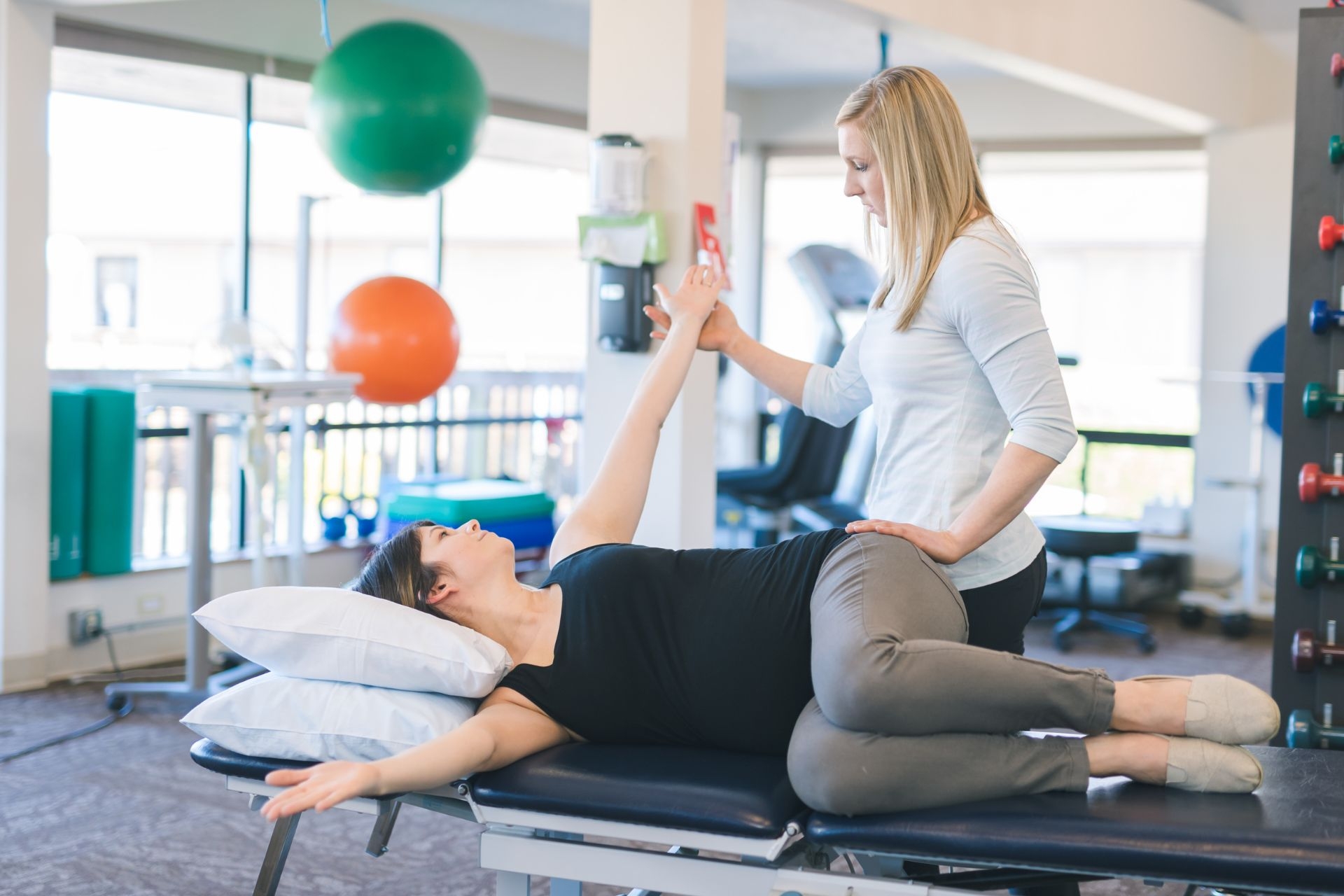Post-operative Rehabilitation
How soon after surgery can a patient begin post-operative rehabilitation?
Post-operative rehabilitation can typically begin as soon as the patient is cleared by their surgeon, which is usually within a few days to a week after surgery. The timing may vary depending on the type of surgery and the individual's recovery progress. Starting rehabilitation early can help prevent stiffness, improve strength, and promote faster healing.
Musculoskeletal Assessment and Physical Therapy



